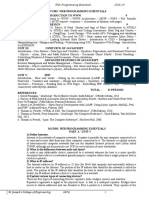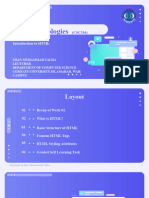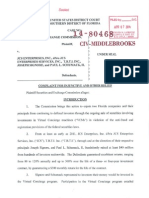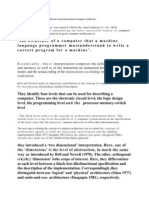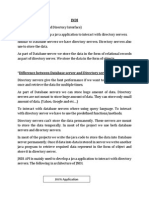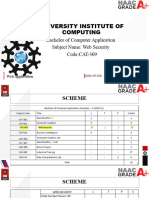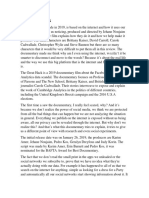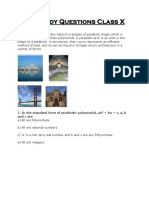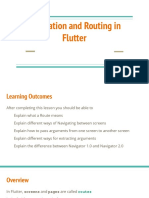0% found this document useful (0 votes)
73 views9 pages5.1 Data Models - ER Model
1. A data model is a logical structure that describes how data is organized in a database through entities, attributes, and relationships.
2. There are several types of data models including the entity-relationship (E-R) model, object oriented model, relational model, hierarchical model, and network model.
3. An entity-relationship diagram (ER diagram) uses symbols like rectangles, ellipses, and diamonds to visually depict the entities, attributes, and relationships between entities in a database according to an E-R data model.
Uploaded by
2002746.it.cecCopyright
© © All Rights Reserved
We take content rights seriously. If you suspect this is your content, claim it here.
Available Formats
Download as DOCX, PDF, TXT or read online on Scribd
0% found this document useful (0 votes)
73 views9 pages5.1 Data Models - ER Model
1. A data model is a logical structure that describes how data is organized in a database through entities, attributes, and relationships.
2. There are several types of data models including the entity-relationship (E-R) model, object oriented model, relational model, hierarchical model, and network model.
3. An entity-relationship diagram (ER diagram) uses symbols like rectangles, ellipses, and diamonds to visually depict the entities, attributes, and relationships between entities in a database according to an E-R data model.
Uploaded by
2002746.it.cecCopyright
© © All Rights Reserved
We take content rights seriously. If you suspect this is your content, claim it here.
Available Formats
Download as DOCX, PDF, TXT or read online on Scribd
/ 9











